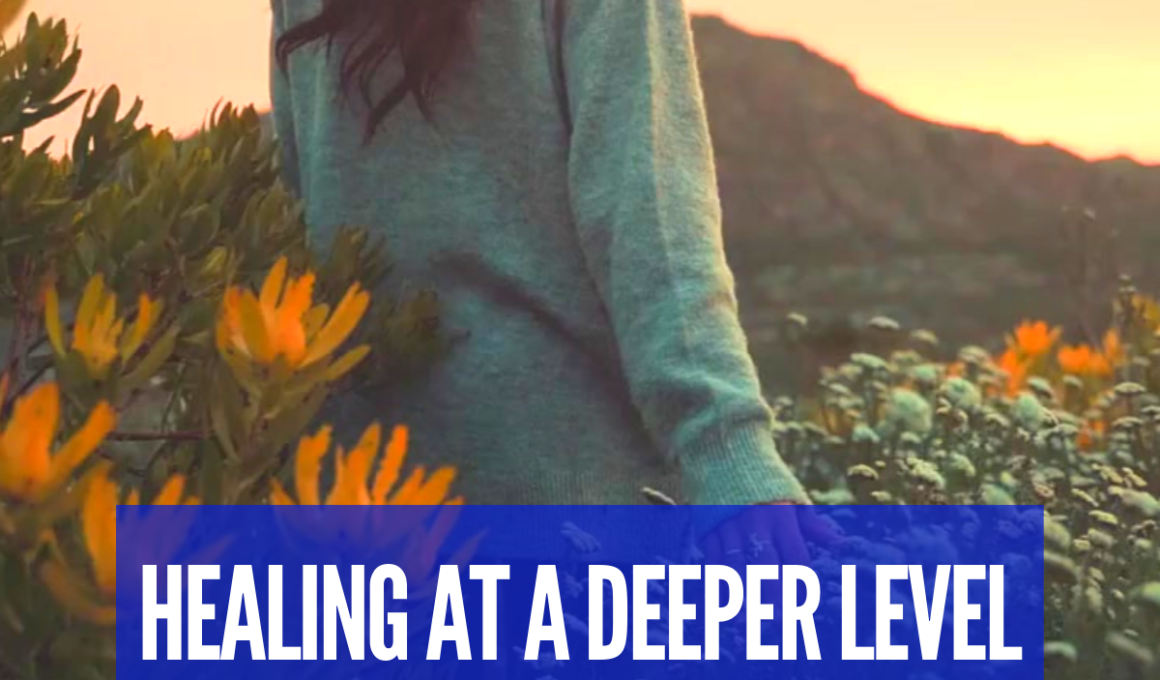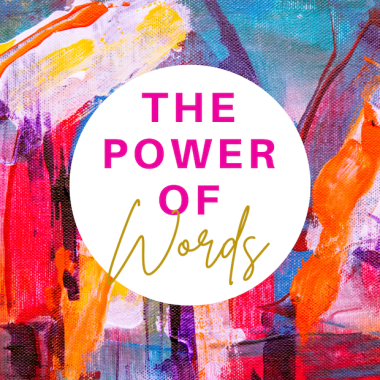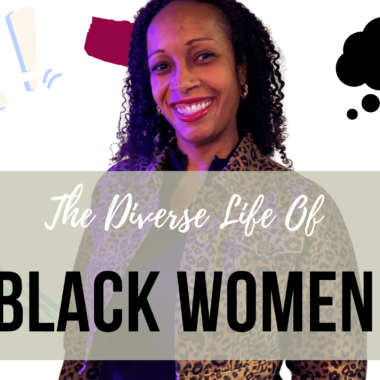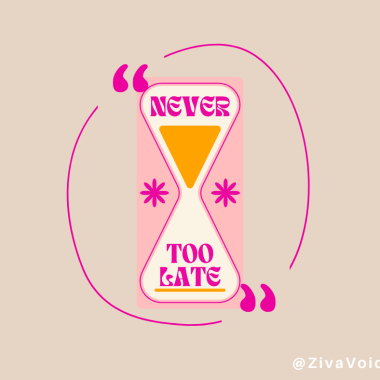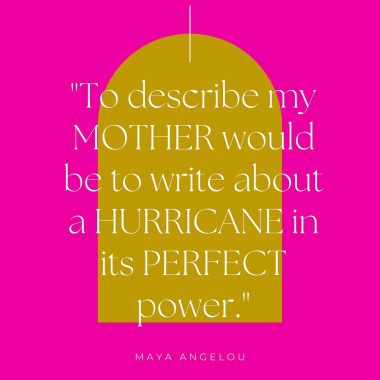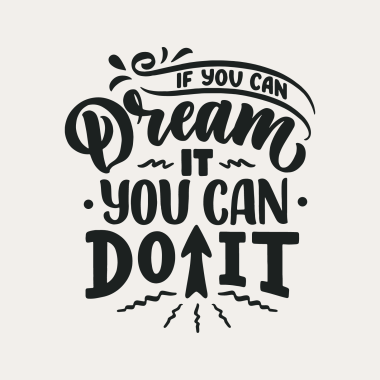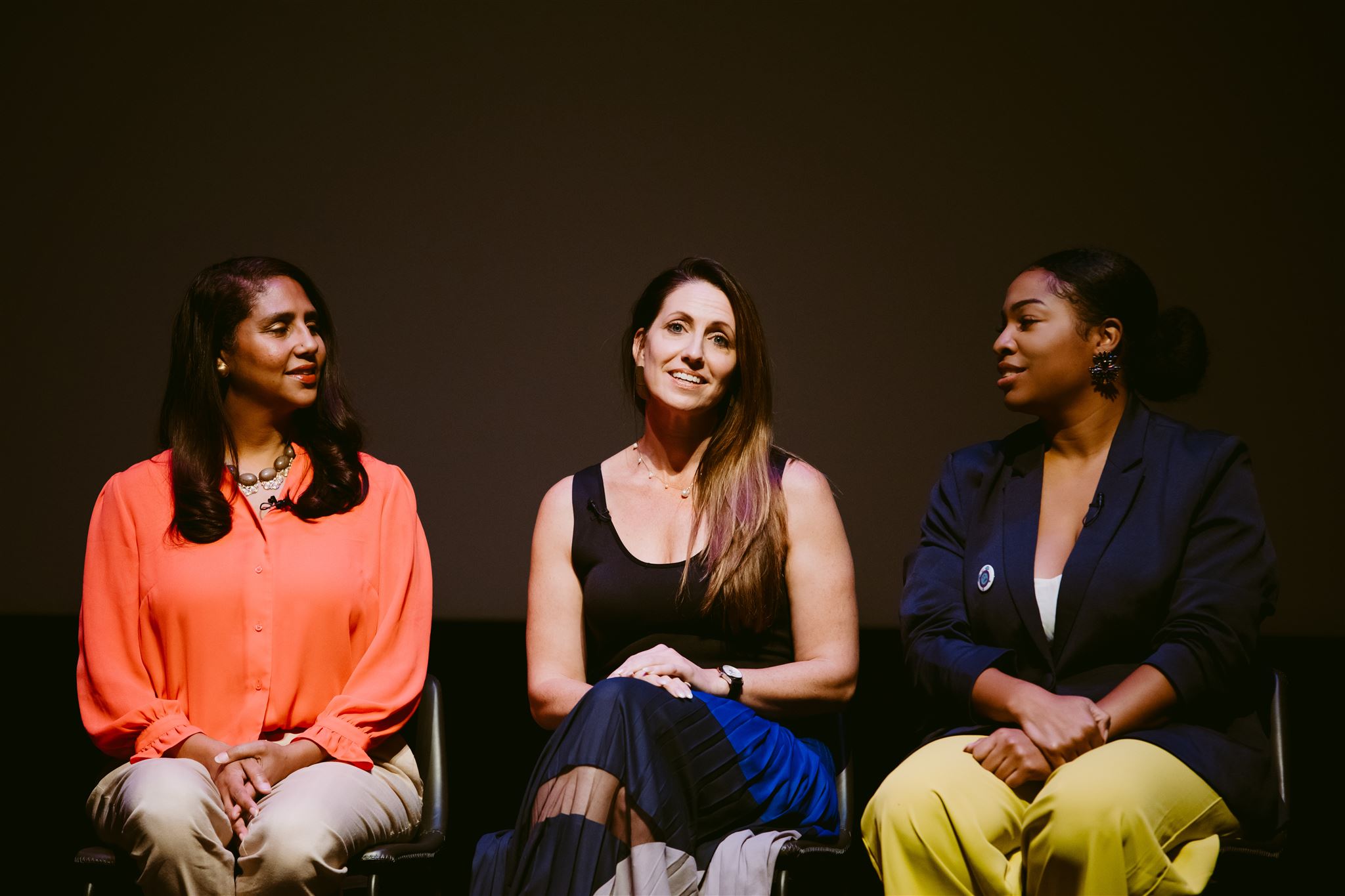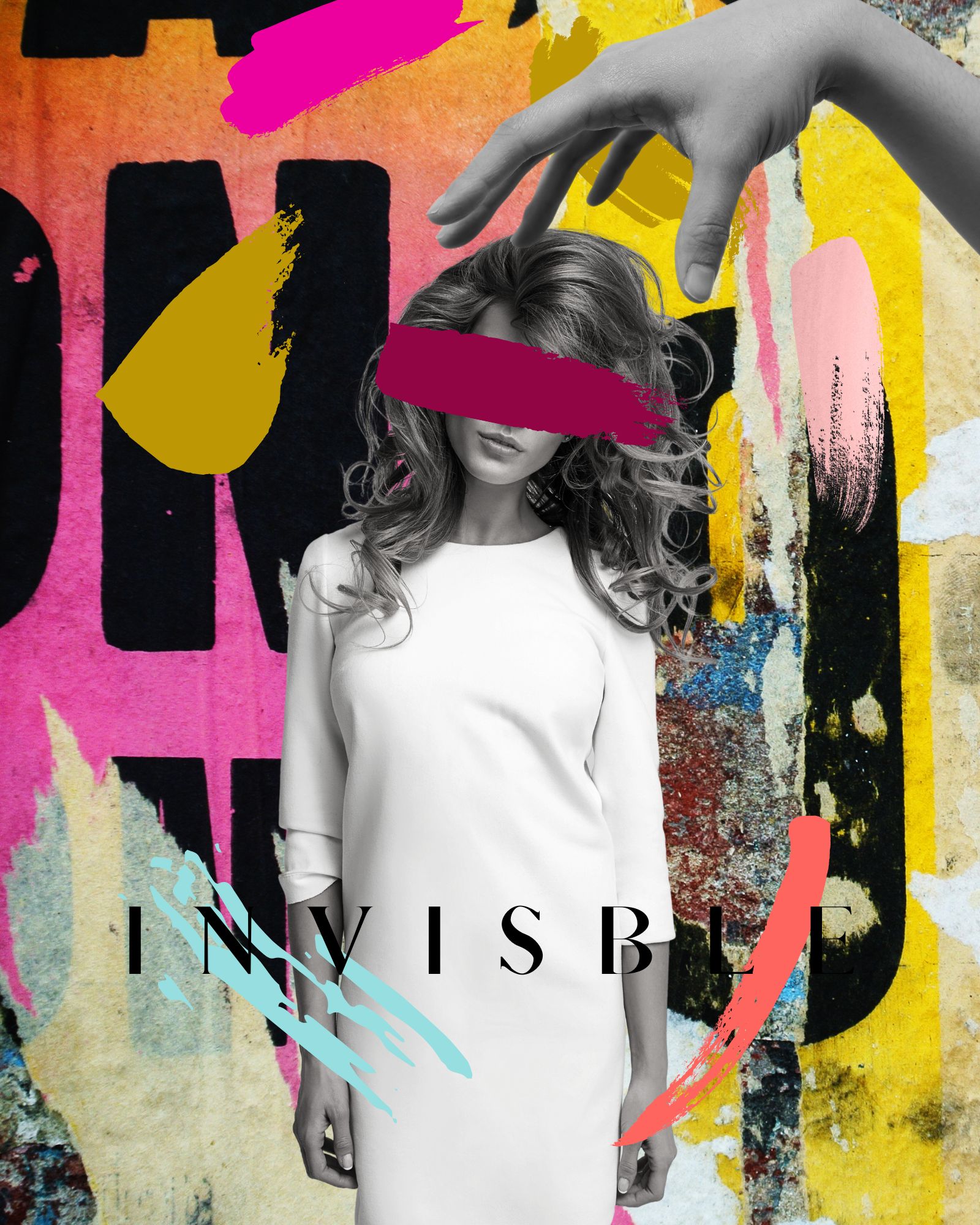By Tara Moreno-Wallen
Deep and difficult emotions. Something most avoid or have a downright fear of experiencing. I know I did. For years, I wandered through my own wilderness where very little made sense and direction was a lost concept. I was clinically depressed and heavily medicated during my early thirties. The meds never worked; they blunted any feeling I had left. I never knew that what I was looking for was in my own darkness and everything modern told me to avoid it. Everywhere I turned there were messages telling me to seek outside of myself for alleviation.
In 2013, after giving birth to my son and growing fear of post-partum, I stumbled across the concept of shadow work.
The process was defined and something I was not aware of. I knew that it was a Jungian concept in which alcoholics anonymous was built on. Essentially shadow work is the exploration of one’s inner darkness and shadow work uncovers the aspects of self that have been disowned, repressed, and rejected. When the light of awareness is shone on the shadow this is when healing happens.
However, Shadow work is very particular in that when revisiting a traumatic memory, the experience must be viewed while inside of the body not outside the body–like a movie. If we are viewing the memory like a movie scene that is an indication there is disassociation from self. When reexperiencing the event every emotion is brought up, felt and released from the body. After learning about the process—and as a novice meditator– I took a leap of faith and tried it.
“There is no coming to consciousness without pain. People will do anything, no matter how absurd, in order to avoid facing their own Soul. One does not become enlightened by imagining figures of light, but by making the darkness conscious.”
~Carl Jung, Swiss psychiatrist
The first memory I chose was an easier memory for me to stand witness to. It was about my father and a night where he came home after a night of drinking. Inside my mind’s eye I noticed I was not inside of my body and became aware of the disassociation. I made the mental adjustments needed and viewed the memory from within my body. When I re-experienced the memory, turbulent—and surprising–emotions came up. Fear came up and sadness and anger. I noticed that sadness and anger had become intertwined. And as I felt each emotion fully with my focused presence the emotions began to unravel. When the emotions subsided—after about 15 minutes—I was able to regain composure.
After a week of shadow work, I began to notice great changes taking place in my body and my mind. I had more peaceful experiences and I didn’t feel as scattered. I felt as if a weight was being lifted and my breath was deepening. I instinctually knew I had found the part of the healing path I had been seeking for for so long.
Reiki®
During this time, I was also heavily immersed in learning reiki. I received my first attunement in 2013 and in 2014 I became a reiki master. With the knowledge of the shadow work, I incorporated reiki into self-healing with an emphasis on the shadow– or what Eckhart Tolle calls the pain-body. In Tolle’s book, The Power of Now, he describes the pain-body as a dark shadow cast by the ego. It is “negative energy field that occupies the body and mind.” As I merged the knowledge of both concepts and through witnessing the healing of my own pain-body/shadow and those who I was working with I developed a way to deliver reiki to heal the shadow or the pain-body. The modality is called Recovery Reiki® and over the course of the next seven years developed the curriculum, trademarked the name and wrote a manual with a workbook.
As I moved through the information over those seven years, I worked and healed all the while not knowing what I was creating until 2019. I wasn’t only discussing energy medicine but the physical body and gut health and the impact of environmental toxins on the body. Recovery Reiki® is also specific to healing the pain associated with addictions, relationship codependency and trauma. The deepest parts of the shadow and pain-body.
In traditional Reiki it is taught to no focus on the things that cause us pain and that an intention is not always necessary in order for the energy medicine to work. However, in Recovery Reiki® the opposite is true. To heal the pain-body and the shadow, it is imperative to acknowledge them and set the intention to heal. It is only when there is awareness around the shadow and pain-body that it can be healed.
IIntention is also particularly important in Recovery Reiki®. Intention is powerful in that it generates a container for the energy medicine to work. When the energy medicine is targeted towards the shadow and the pain-body and when the practitioner has awareness around the negative impact the pain-body has on the physical, mental and emotional bodies and its field of energy, the reiki flows directly to it.
After time, with these processes, I developed greater stretches of peace and happiness. What used to trigger me no longer has power over me and I’m able to show up in life more confidently because I am longer controlled by my emotions or thoughts. I have also created a new reality built around a foundation of peace and love. I have found that the thoughts that once caused me pain are no longer there and that I am no longer afraid of my mind. I’m free to co-create my reality from who I really am than from my pain.
Relationships are also an integral part of Recovery Reiki®. In level II, a practitioner learns to use the modality in a group. The group healing is where like-minded people gather to release their shadows and pain-bodies through the vulnerability of expression and the awareness. The group is repeatable and kind of like Alcoholics anonymous attendees know what they are going to get out of it. In Flint, Michigan at Serenity House Communities we are still consistently seeing a 75% reduction in stress, 60% reduction in anger, 30% in pain, 33% in cravings, and 64% in anxiety with the modality.
Through this journey of shadow work and the awareness of the pain-body, my relationship with pain has been altered greatly. I now understand that pain is a great motivator for change. If we cheat the process, in the words of Marianne Williamson, we can get comfortable in the dull ache of life rather than embrace the sharp pains of transformation. I am also reminded that in a country still trying to recover from an opioid crisis we have to ask ourselves what are we trying to avoid in ourselves and it is through self-awareness of the shadow and the pain-body that heal at an individual level and a collective level.
About Tara
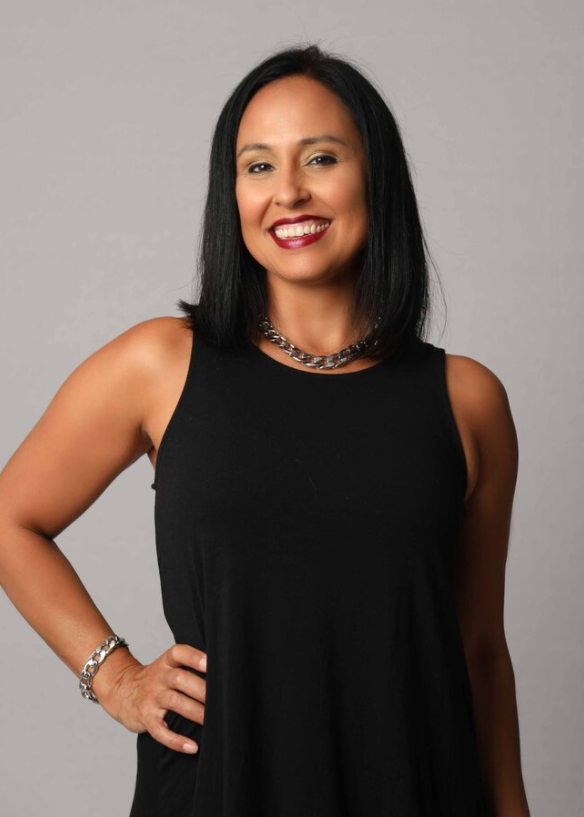
Tara is the founder and CEO of Serenity House Communities and Green Tara Holistics, LLC. She is a woman in long-term recovery and aims to raise awareness around healing through holistic practices.
